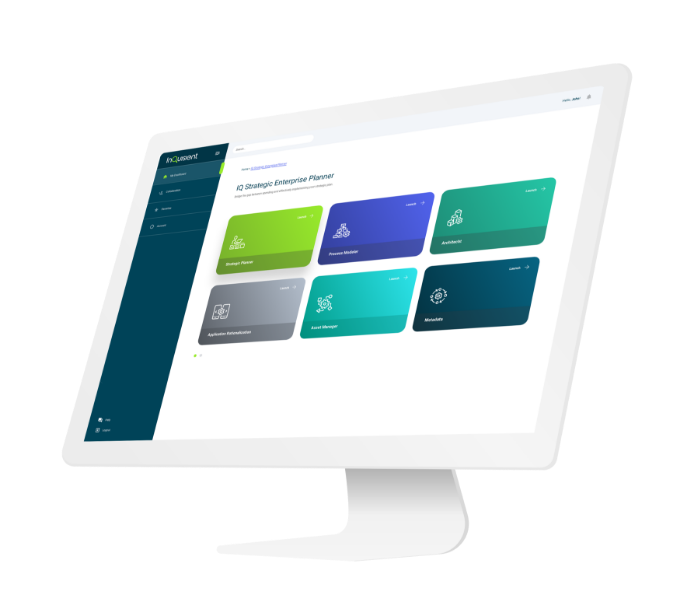Randy DeWoolfson, Chief Innovation Officer, InQuisient
When your organization tackles large, complex projects, data management challenges naturally arise. They don’t have to be daunting though. Organizing strategic plans, execution models, portfolios, budgets and all of their companion data creates a solid foundation on which you can build efficiency, data integrity, and ultimately confidence in your decisions.
Your most basic challenge is collecting data, because it can exist in so many forms, even handwritten documents and personally generated presentations. This process can be further confounded by the disparate sources where the data and documents live – proprietary and non-collaborative databases, custom-built systems and manual documents exported from other sources.
Left unorganized, you may be forced to continue to invest a significant amount of time, human resources and money to manually integrate all this data while running against the clock. The portfolio management team will be hard pressed to compile reports efficiently, let alone make intelligent data-based decisions.
The solution lies in leveraging a data collection and reporting platform which supports an easy-to-use, online, cloud-enabled approach. Managing strategic plans, process models, portfolios and budgets in the same environment as the enterprise architecture allows you to easily connect the dots among these and other data sets. This can only be effectively done in a dedicated data management platform specifically designed for this complex task — one that allows you to incrementally apply your customized business processes, data models, and security requirements to the problem.
This approach facilitates a consolidated flow of information from the respective systems of record into the new knowledge database. From here, you can optimize the data management efforts, provide direct data interaction to the most direct owners of that data, enhance the data models with additional information, implement security and custom business processes, collate specific dashboards of relevant summary information, and even shut down non-collaborative applications as needed.
A centralized platform serves the team, of course. Empowering each member to manage and enrich data in their specific domain allows them to inspect, validate, and maintain their own small data sets free of cumbersome reporting requirements and change request procedures, resulting in high quality, authoritative, real-time data.
The benefits are many and promote every aspect of operations:
- Discover cost-saving opportunities in cross-portfolio similarities, redundancy and dependency analytics
- Produce reports and analytics much more quickly
- Increase overall data integrity
- Minimize system support requirements, increasing productivity
- Move away from laborious manual data collection and validation, allowing staff to focus on more meaningful tasks and realize increased job satisfaction
- Minimize errors in analysis, reporting and planning due to bad data
- Boost stakeholders’ trust and promote decisive action
By unifying disparate data sources from both common and proprietary reporting tools into an intuitive platform and decentralizing data stewardship activities, you will see a dramatic decrease in costs to produce and maintain vast amounts of data. Most importantly, you will be assured the highest quality real-time information available, resulting in better business decisions.


